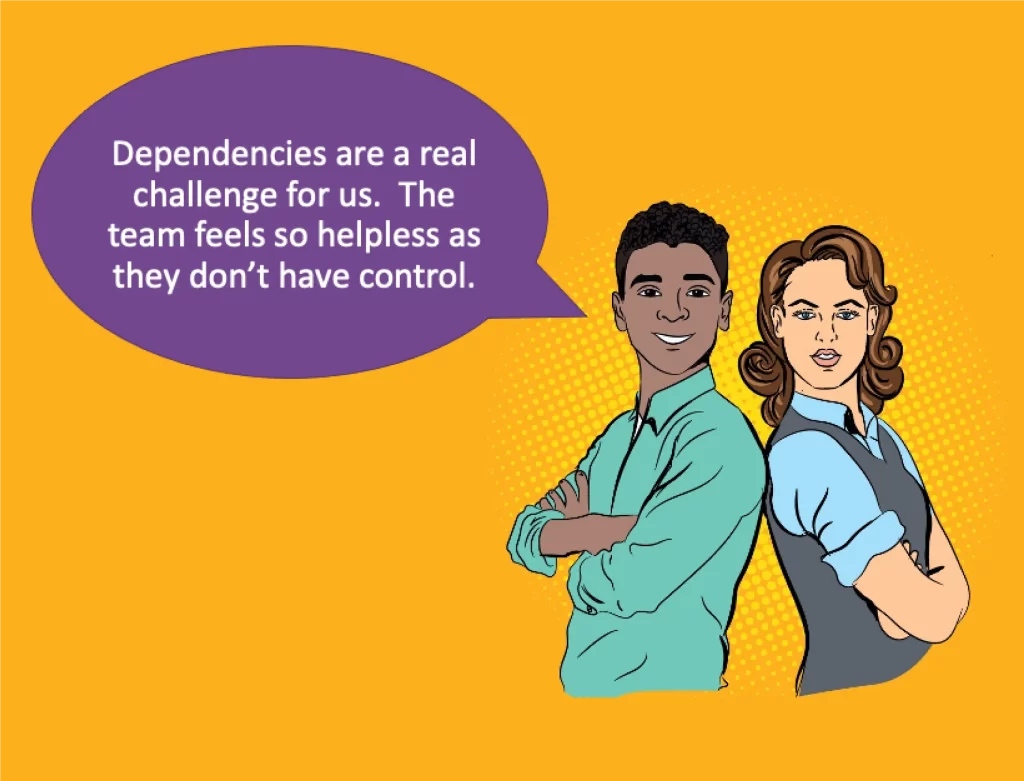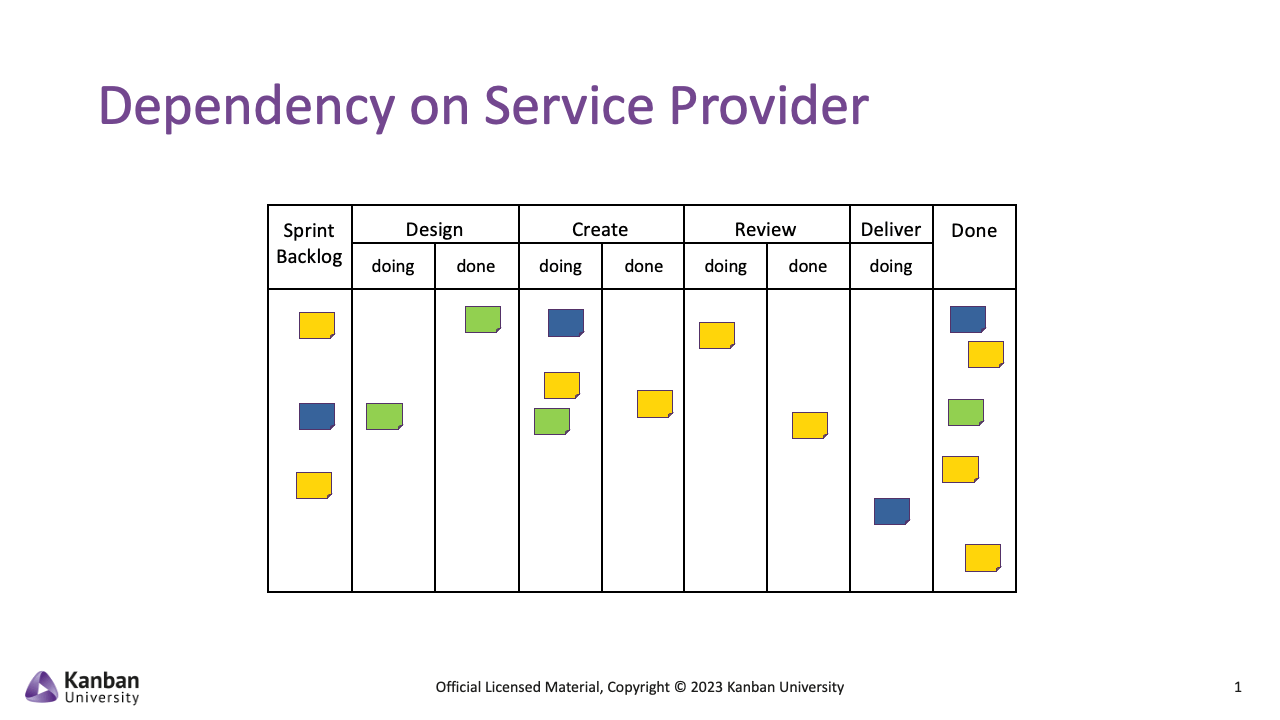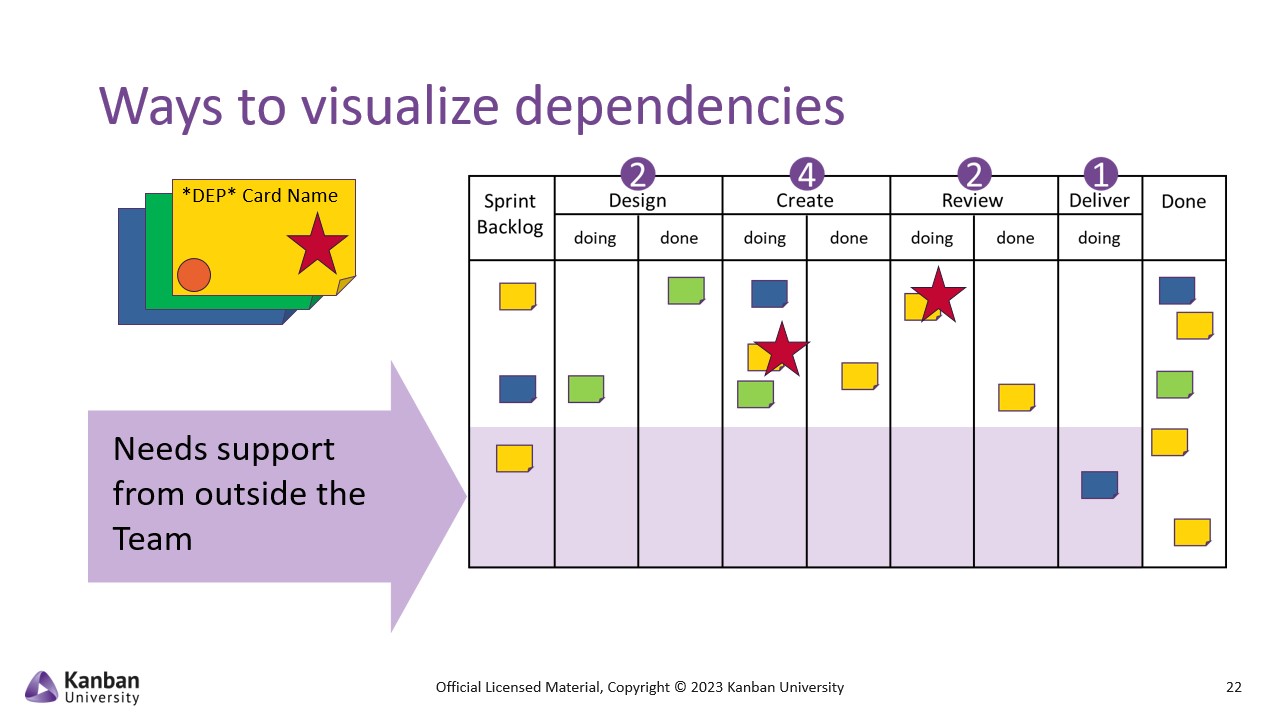Scrum Better With Kanban Blog Series
Joey Spooner, Vice President for Community Development and Product Management at Kanban University, speaks about Introducing Evolutionary Change at AgileAmericas 2023.
Finding the best path forward when attempting to change can sometimes be challenging for Scrum teams. What if there was an easy way to identify the low hanging fruit for improvement that your fellow Developers would want to achieve?
Press play to watch Joey share some initial approaches to identify the challenges and define solutions as you get started with managed evolutionary change in your Scrum team.
Stay Tuned!
We will add more to this blog post over time. If you would like to be notified about other problems and potential solutions for Scrum Masters, please use the sign-up box below to join our Scrum email list.





